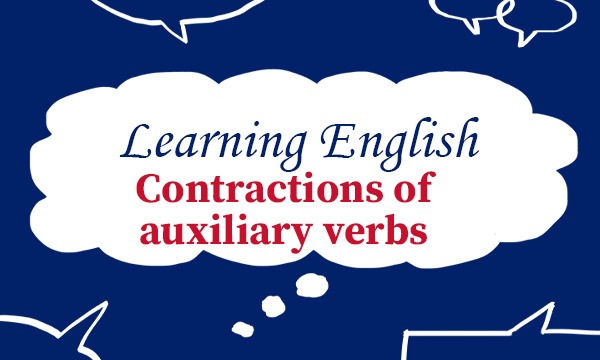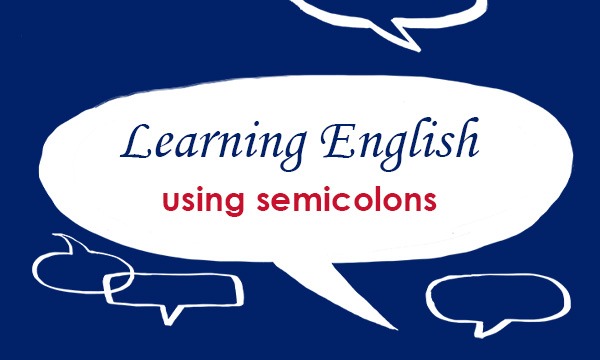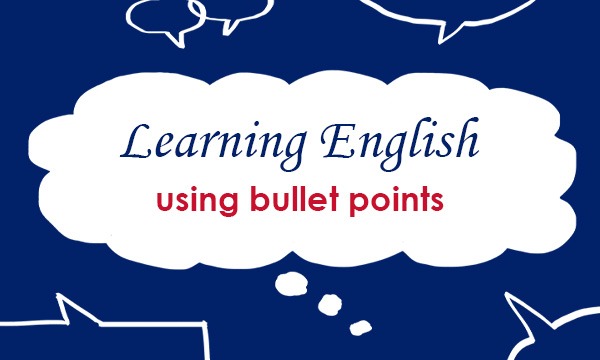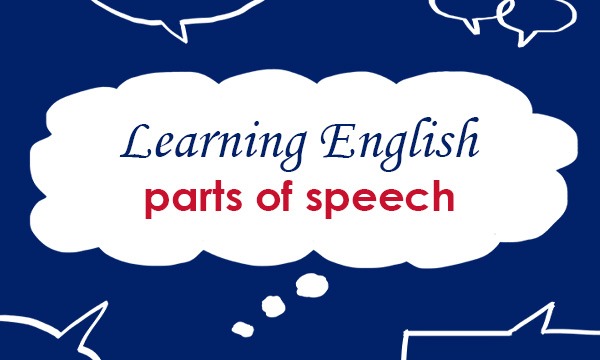
Auxiliary verbs very often used in contracted forms. Contracted forms are more informal than full forms. They are therefore more common in spoken English. Full forms are usually preferred in formal written English.
In the case of be and have, the contracted form can involve linking the subject and the auxiliary verb into a single form e.g. I’m, I’ve, we’d, Sue’s.
We’re back!
I’ve found it.
They’d gone when I got there.
Tom’s here.
The contracted negative form auxiliary + n’t is common with all the auxiliaries, e.g. hasn’t, wouldn’t, don’t.
She isn’t trying.
We don’t live here.
He hasn’t seen it.
I can’t come.
Note that, in standard British English, the contracted form of am not, when it is part of a question, is aren’t I.
Aren’t I going to need some matches?
I’m getting a lift with you, aren’t I?
Contractions of auxiliary verbs are used in sentence tags.
You had only just bought that carpet when the kitchen flooded, hadn’t you?
It’s Katie’s birthday on Saturday, isn’t it?
You are joking, aren’t you?
Note that when auxiliary verbs are used in positive sentences to give emphasis, they are never contracted.
You have made a mess!
That was a nice surprise!
An auxiliary on its own can be used to give a short answer to a question. Whatever auxiliary is used in the question is used on its own in the answer. The main verb is not repeated. Short answers are very common in spoken English.
Do you like avocados? – No, I don’t.
Have you read anything by Michael Morpurgo? No I haven’t, but I would like to.
For further information on English Grammar, visit: https://grammar.collinsdictionary.com/easy-learning
Come back for other blogs on using English in everyday situations: https://blog.collinsdictionary.com/language-learners/learning-english
All opinions expressed on this blog are those of the individual writers, and do not necessarily reflect the opinions or policies of Collins, or its parent company, HarperCollins.



